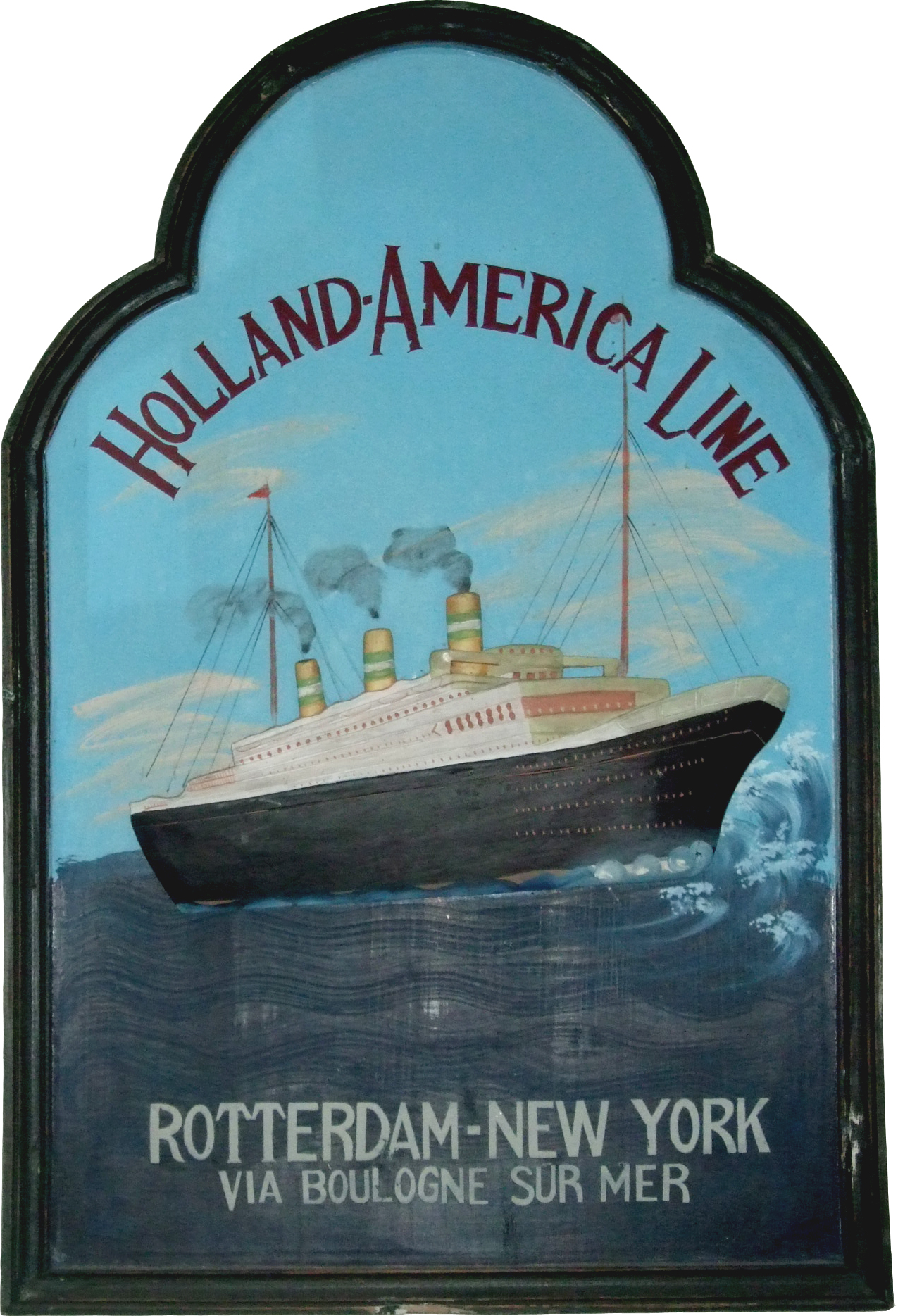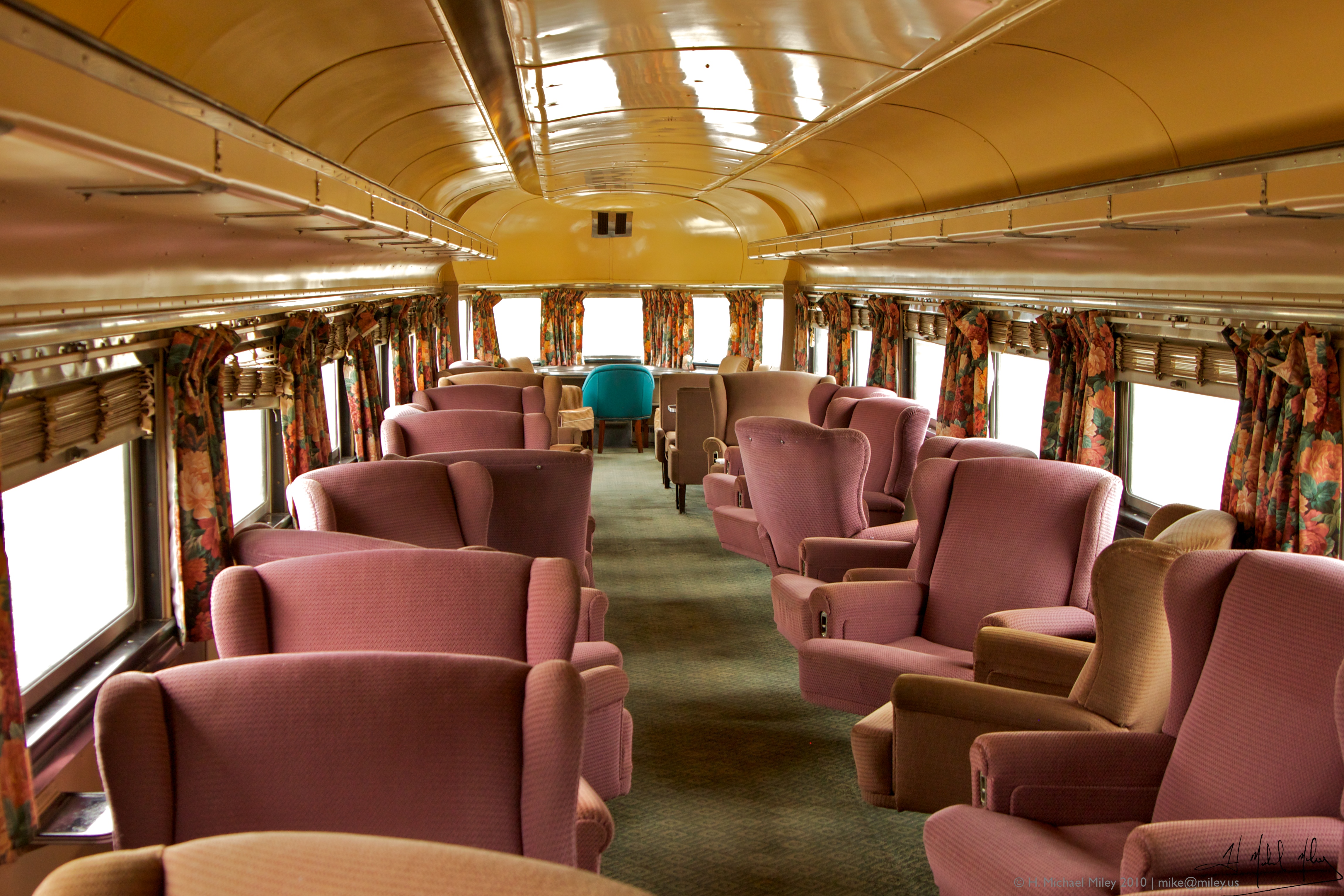|
SS Veendam (1922)
''SS Veendam'' was a ocean liner built for the Holland America Line. Built in 1922 by Harland & Wolff Limited, in Govan, Glasgow, she would operate on transatlantic routes between New York and Rotterdam via the Caribbean Sea. In 1941 she was seized by the Kriegsmarine as an accommodation ship and in 1945 after heavy damage, she was returned to her former owners the Holland America Line. She would go on to serve for another eight years before she was scrapped in 1953 at Baltimore, Maryland. She was the sister ship of SS ''Volendam''. Construction and design ''Veendam'' was built by Harland & Wolff in Govan, Glasgow for the Holland America Line. She was built as yard number 650, launched on 18 November 1922, and completed on 20 March 1923. The ship had an overall length of , a beam of , a draft of and a depth of . She was propelled by four Brown – Curtis steam turbines that drove two screws. It developed 8000 shaft horsepower (6,000 kW) of which gave ''Veendam'' a top spe ... [...More Info...] [...Related Items...] OR: [Wikipedia] [Google] [Baidu] |
Netherlands
) , anthem = ( en, "William of Nassau") , image_map = , map_caption = , subdivision_type = Sovereign state , subdivision_name = Kingdom of the Netherlands , established_title = Before independence , established_date = Spanish Netherlands , established_title2 = Act of Abjuration , established_date2 = 26 July 1581 , established_title3 = Peace of Münster , established_date3 = 30 January 1648 , established_title4 = Kingdom established , established_date4 = 16 March 1815 , established_title5 = Liberation Day (Netherlands), Liberation Day , established_date5 = 5 May 1945 , established_title6 = Charter for the Kingdom of the Netherlands, Kingdom Charter , established_date6 = 15 December 1954 , established_title7 = Dissolution of the Netherlands Antilles, Caribbean reorganisation , established_date7 = 10 October 2010 , official_languages = Dutch language, Dutch , languages_type = Regional languages , languages_sub = yes , languages = , languages2_type = Reco ... [...More Info...] [...Related Items...] OR: [Wikipedia] [Google] [Baidu] |
Kriegsmarine
The (, ) was the navy of Germany from 1935 to 1945. It superseded the Imperial German Navy of the German Empire (1871–1918) and the inter-war (1919–1935) of the Weimar Republic. The was one of three official branches, along with the and the , of the , the German armed forces from 1935 to 1945. In violation of the Treaty of Versailles, the grew rapidly during German naval rearmament in the 1930s. The 1919 treaty had limited the size of the German navy and prohibited the building of submarines. ships were deployed to the waters around Spain during the Spanish Civil War (1936–1939) under the guise of enforcing non-intervention, but in reality supported the Nationalists against the Spanish Republicans. In January 1939, Plan Z, a massive shipbuilding program, was ordered, calling for surface naval parity with the British Royal Navy by 1944. When World War II broke out in September 1939, Plan Z was shelved in favour of a crash building program for submarine ... [...More Info...] [...Related Items...] OR: [Wikipedia] [Google] [Baidu] |
Port Of New York And New Jersey
The Port of New York and New Jersey is the port district of the New York-Newark metropolitan area, encompassing the region within approximately a radius of the Statue of Liberty National Monument. It includes the system of navigable waterways in the New York–New Jersey Harbor Estuary, which runs along over of shoreline in the vicinity of New York City and northeastern New Jersey, and is considered one of the largest natural harbors in the world. Having long been the busiest port on the East Coast it became it the busiest port by maritime cargo volume in the United States in August 2022 and is a major economic engine for the region. The region's airports make the port the nation's top gateway for international flights and its busiest center for overall passenger and air freight flights. There are two foreign-trade zones (FTZ) within the port. Geography Port district Encompassing an area within an approximate radius of the Statue of Liberty National Monume ... [...More Info...] [...Related Items...] OR: [Wikipedia] [Google] [Baidu] |
World War II
World War II or the Second World War, often abbreviated as WWII or WW2, was a world war that lasted from 1939 to 1945. It involved the World War II by country, vast majority of the world's countries—including all of the great powers—forming two opposing military alliances: the Allies of World War II, Allies and the Axis powers. World War II was a total war that directly involved more than 100 million Military personnel, personnel from more than 30 countries. The major participants in the war threw their entire economic, industrial, and scientific capabilities behind the war effort, blurring the distinction between civilian and military resources. Air warfare of World War II, Aircraft played a major role in the conflict, enabling the strategic bombing of population centres and deploying the Atomic bombings of Hiroshima and Nagasaki, only two nuclear weapons ever used in war. World War II was by far the List of wars by death toll, deadliest conflict in hu ... [...More Info...] [...Related Items...] OR: [Wikipedia] [Google] [Baidu] |
Hoboken, New Jersey
Hoboken ( ; Unami: ') is a city in Hudson County in the U.S. state of New Jersey. As of the 2020 U.S. census, the city's population was 60,417. The Census Bureau's Population Estimates Program calculated that the city's population was 58,690 in 2021, ranking the city the 668th-most-populous in the country. With more than , Hoboken was ranked as the third-most densely populated municipality in the United States among cities with a population above 50,000. Hoboken is part of the New York metropolitan area and is the site of Hoboken Terminal, a major transportation hub for the tri-state region. Hoboken was first settled by Europeans as part of the Pavonia, New Netherland colony in the 17th century. During the early 19th century, the city was developed by Colonel John Stevens, first as a resort and later as a residential neighborhood. Originally part of Bergen Township and later North Bergen Township, it became a separate township in 1849 and was incorporated as a city ... [...More Info...] [...Related Items...] OR: [Wikipedia] [Google] [Baidu] |
Fire Room
On a ship, the fire room, or FR or boiler room or stokehold, referred to the space, or spaces, of a vessel where water was brought to a boil. The steam was then transmitted to a separate engine room, often (but not always) located immediately aft, where it was utilized to power the vessel. To increase the safety and damage survivability of a vessel, the machinery necessary for operations may be segregated into various spaces, the fire room was one of these spaces, and was among the largest physical compartment of the machinery space. On some ships, the space comprised more than one fire room, such as forward and aft, or port or starboard fire rooms, or may be simply numbered. Each room was connected to a flue, exhausting into a stack ventilating smoke. By their nature, fire rooms were less complex than their allied engine room and were normally supervised by less senior personnel. On a large percentage of vessels, ships and boats, the fire room was located near the bottom, and at ... [...More Info...] [...Related Items...] OR: [Wikipedia] [Google] [Baidu] |
Economy Class
Economy class, also called third class, coach class, steerage, or to distinguish it from the slightly more expensive premium economy class, standard economy class or budget economy class, is the lowest travel class of seating in air travel, rail travel, and sometimes ferry or maritime travel. Historically, this travel class has been called tourist class or third class on ocean liners. Marine Travel classes originated from a distinction between "cabin class" and " steerage" on sailing vessels in the 18th century. Cabin class, for wealthier passengers included small cabins and a shared dining room while "steerage" provided open decks with bunks often near the tackle to operate the Steer rudder in converted cargo space on the "between decks" area where passengers from poorer backgrounds cooked their own meals. With the arrival of steamships, competition between ocean liner companies led some companies like the Inman Line to offer additional options to economy passengers ... [...More Info...] [...Related Items...] OR: [Wikipedia] [Google] [Baidu] |
First Class Travel
First class is the most luxurious and most expensive travel class of seats and service on a train, passenger ship, airplane, bus, or other system of transport. Compared to business class and economy class, it offers the best service and most comfortable accommodation. Aviation The first-class section of a fixed-wing jet airliner is typically toward the front of the aircraft. Many airlines have removed first class altogether from their international flights, offering business class as their highest level of international service. First class passengers are usually allowed into lounges at airports while they wait for their flights. Railways While first-class travel accommodation is common in intercity public transport rail services, they have become increasingly prevalent for commuters' short-distance daily travel, especially in rapid transit contexts, rather than longer-distance regional rail. Australia Australia has internal rail operations in each of its states, exclud ... [...More Info...] [...Related Items...] OR: [Wikipedia] [Google] [Baidu] |
Watt
The watt (symbol: W) is the unit of power or radiant flux in the International System of Units (SI), equal to 1 joule per second or 1 kg⋅m2⋅s−3. It is used to quantify the rate of energy transfer. The watt is named after James Watt (1736–1819), an 18th-century Scottish inventor, mechanical engineer, and chemist who improved the Newcomen engine with his own steam engine in 1776. Watt's invention was fundamental for the Industrial Revolution. Overview When an object's velocity is held constant at one metre per second against a constant opposing force of one newton, the rate at which work is done is one watt. : \mathrm In terms of electromagnetism, one watt is the rate at which electrical work is performed when a current of one ampere (A) flows across an electrical potential difference of one volt (V), meaning the watt is equivalent to the volt-ampere (the latter unit, however, is used for a different quantity from the real power of an electrical circuit ... [...More Info...] [...Related Items...] OR: [Wikipedia] [Google] [Baidu] |
Steam Turbine
A steam turbine is a machine that extracts thermal energy from pressurized steam and uses it to do mechanical work on a rotating output shaft. Its modern manifestation was invented by Charles Parsons in 1884. Fabrication of a modern steam turbine involves advanced metalwork to form high-grade steel alloys into precision parts using technologies that first became available in the 20th century; continued advances in durability and efficiency of steam turbines remains central to the energy economics of the 21st century. The steam turbine is a form of heat engine that derives much of its improvement in thermodynamic efficiency from the use of multiple stages in the expansion of the steam, which results in a closer approach to the ideal reversible expansion process. Because the turbine generates rotary motion, it can be coupled to a generator to harness its motion into electricity. Such turbogenerators are the core of thermal power stations which can be fueled by fossil- ... [...More Info...] [...Related Items...] OR: [Wikipedia] [Google] [Baidu] |







